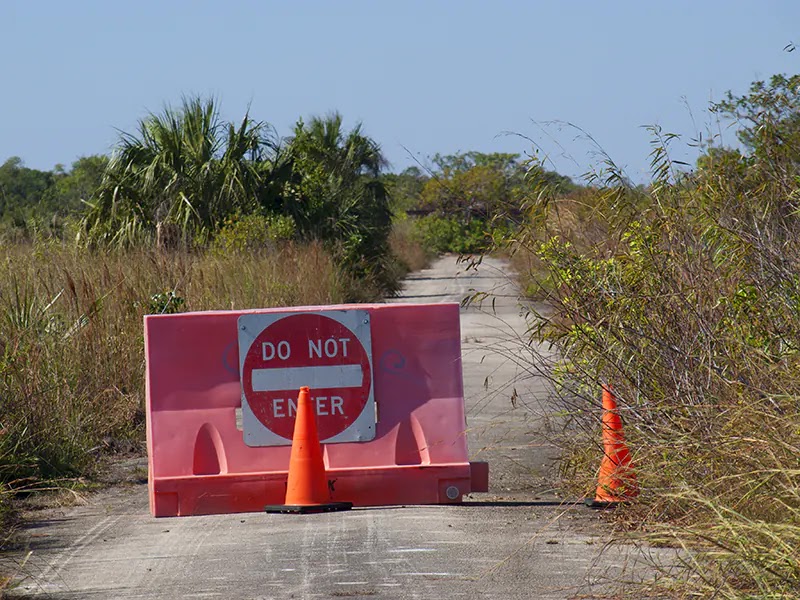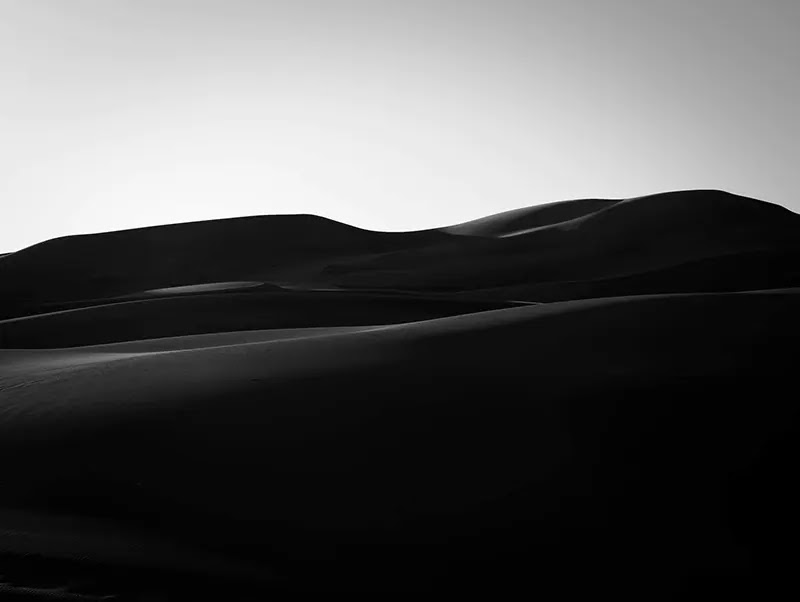The Road to Oxiana: Reading from Robert Byron
Finally, I read it.
The Road to Oxiana covers Byron's ten-month journey through the Middle East and Central Asia in the 1930s - Oxiana goes for the Oxian River, the ancient name for the Amu Darya.
The style is interesting. The book reads like short slices of life that sometimes morph into longer entries. Especially when Byron got caught in its favorite topic: ancient architecture. He was a connoisseur that never graduated from Oxford.
Sometimes the lecture crashes into opinionated tirades such as Byron's views of the Buddhas of Bamiyan. Some will puzzle the modern reader. For him, the statues were "unfresh art" made of "unbeautiful material". He didn't see originality there, just a mix of "Persian, Indian, Chinese, and Hellenistic" art - at that time, parts of the Buddhas were already gone.
His views on Persian art were different. Byron delights profusely in the splendor of the Sheikh Lotfollah Mosque, that masterpiece from the 17th century.
Other interiors came into my mind as I stood there, to compare it with: Versailles, or the porcelain rooms at Schönbrunn, or the Doge's Palace, or St Peter's. All are rich; but none so rich. Their richness is three-dimensional; it is attended by all the effort of shadow: In the Mosque of Sheikh Lutfullah, it is a richness of light and surface, of pattern and colour only.
Robert Byron died in 1941 at age 35. A German submarine attacked the ship in which he was traveling through the North Atlantic. What a loss for the world of travel writing.



Comments
Post a Comment